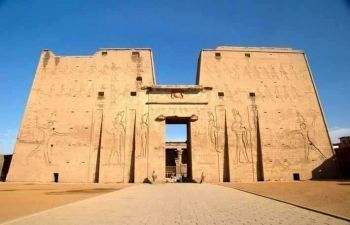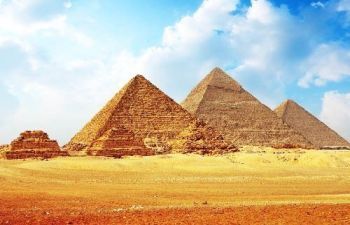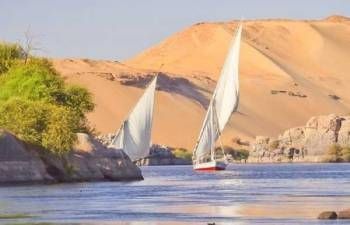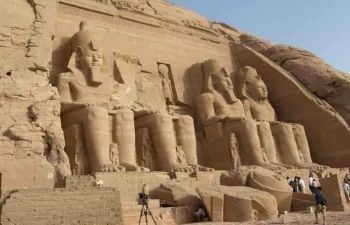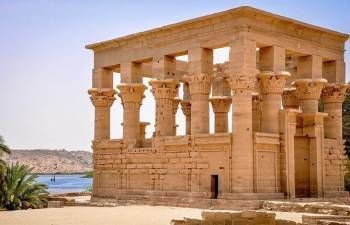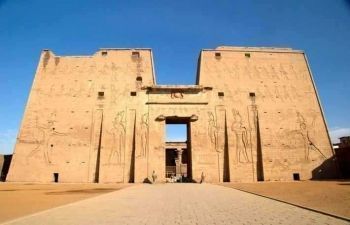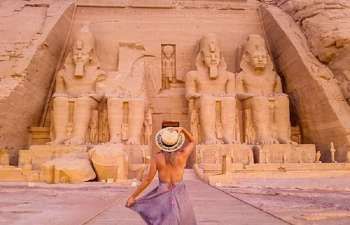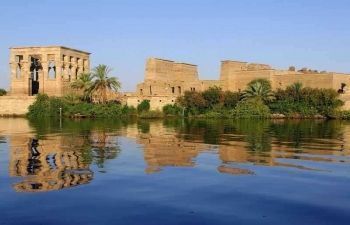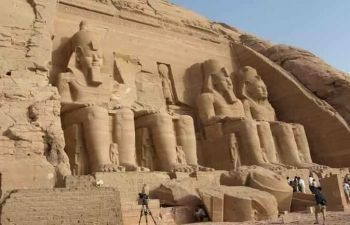Fayoum
The Fayoum, located less than a hundred kilometres from Cairo and with its rich heritage of flora and fauna and archaeology, is one of the most beautiful and fertile regions of Egypt. in addition, it includes two areas declared as protected by the Egyptian Government: Lake Qarun and Wadi Rayan National Parks.
The Fayoum is divided into six administrative centres of which the chief towns are Madinat al-Fayoum, Tamiya, Sinnuris, Ibshawai, Yusuf al Siddiq and Its – comprising approximately 157 villages and 1565 hamlets with a population of more than 3 million inhabitants. the total surface of 4678 sq. Km. the cultivated area is 1437 sq. Km
Wadi Al Hitan
Wadi Al Hitan, whale valley is more beautiful than the white desert. In this Wadi, You are at the southern shore of the ancient Tethys Sea, The valley is named after the whales known as zeuglodon, Basilosaurus, which means the King of Reptiles.
Fayoum Obelisk
Fayoum obelisk was created in the honor of the King Senusert the first of the twelfth Dynasty and stands now Northern Entrance to Madinet El Fayoum, Moved from its former site in the village of Abgig in 1972, Although it is called an obelisk, It is formed is more than of a stela, An obelisk is tall,
Kiman Faris
Kiman Faris was the ancient Capital of the Fayoum from the old Kingdom to the Roman time , Kiman Faris means in Arabic(Horseman`s mounds) is now the ruin, Known by the various names of Shedty, Crocodilpolis, and Arsinoe, It was the Cult Center of the Crocodile God Sobek
Waterweels in Fayoum
The waterwheels in Fayoum are among the most interesting ancient sites in Fayoum, Over 200 of them straddles the Canals, Unique to the area , the wooden wheels are driven by fast-moving water of the Canals and were introduced into Fayoum during the Ptolemaic times
Top10 Attractions in Fayoum oasis
Discover top 10 attractions in Fayoum oasis, Things to do, places to visit, The Fayoum, located less than a hundred kilometres from Cairo and with its rich heritage of flora and fauna and archaeology, is one of the most beautiful and fertile regions of Egypt.
the temple of Madinet Madi in El Fayoum
The temple was originally built in the 12th dynasty by Kings Amenemhat III and IV. It was then restored during the 19th dynasty. During the Ptolemaic period, many additions have been established to the northern and the southern sides of the Middle Kingdom temple (Bresciani, 1980)
The Climate Change Museum in Wadi el Hitan
The newly completed Wadi Hitan Fossil and Climate Change Museum features the largest intact “Basilosaurus isis” whale fossil and a unique collection of fossils found nowhere else in the world.
